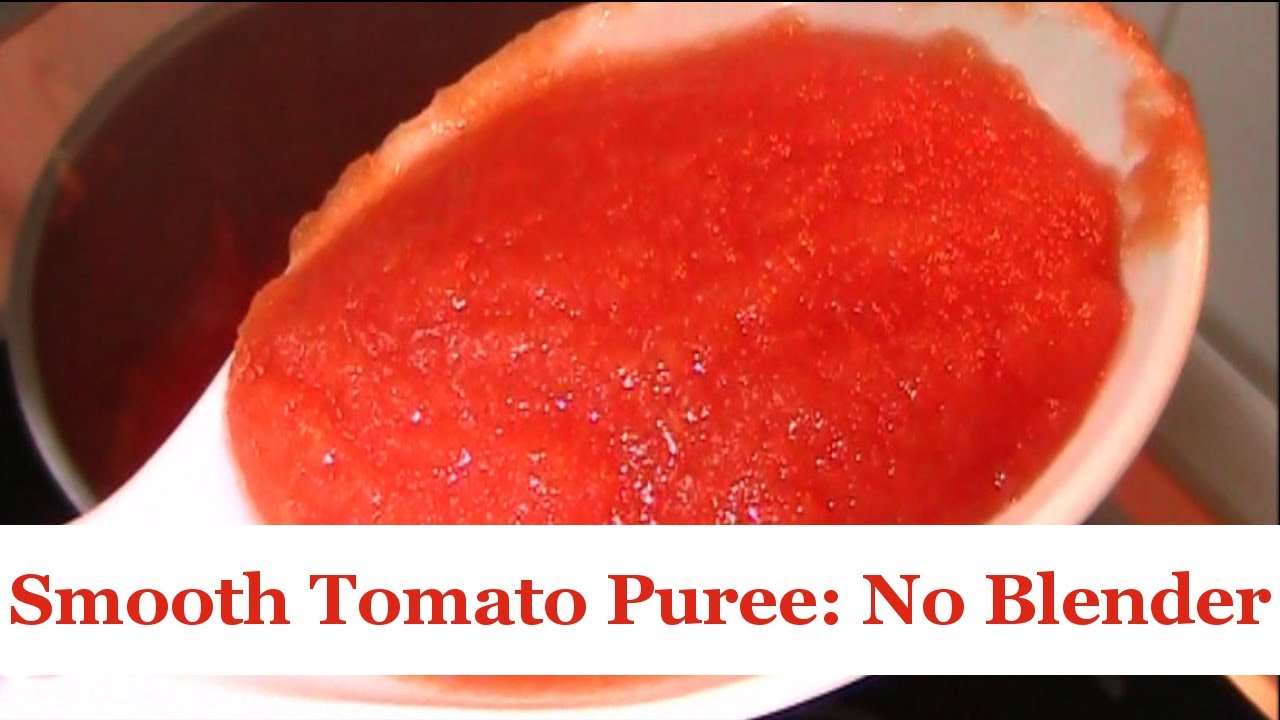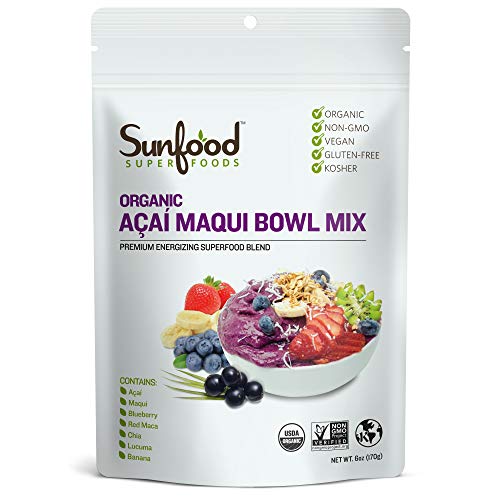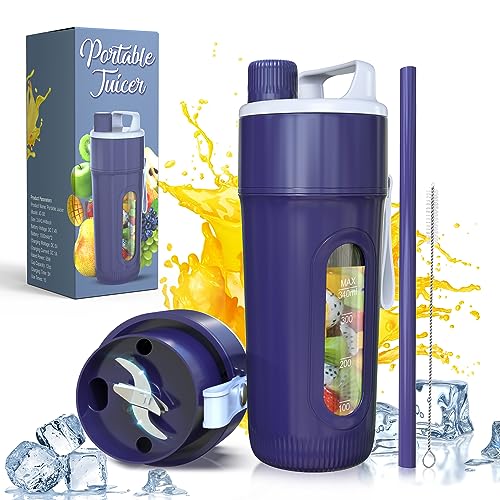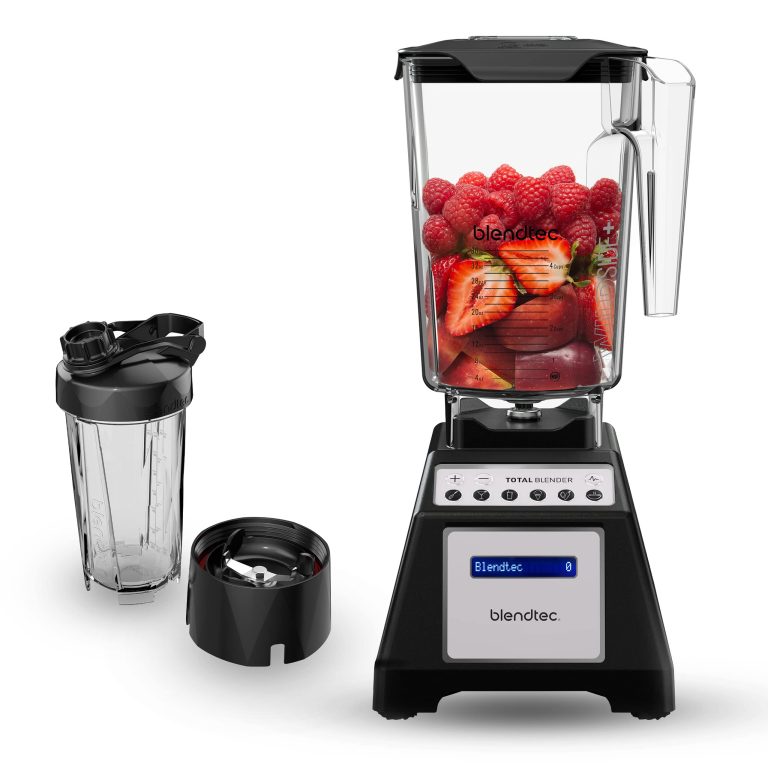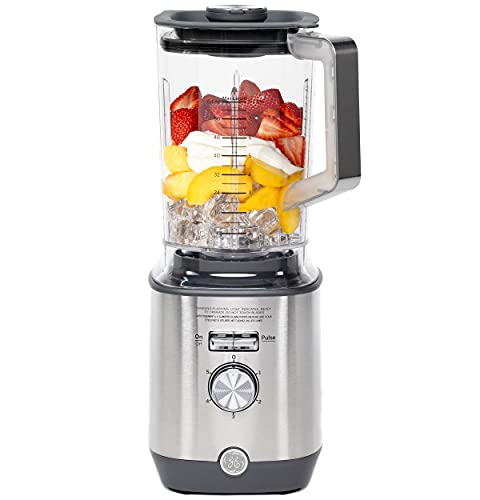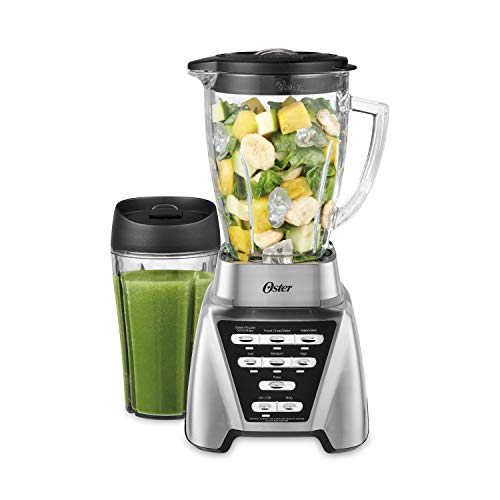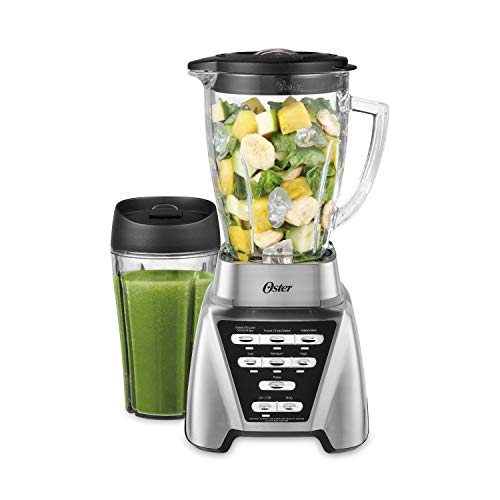How To Puree Without A Blender: Simple Techniques
To puree without a blender, use a fork, masher, or strainer combined with manual force. A mortar and pestle can also effectively create a smooth consistency.
Creating a smooth puree without a blender can seem challenging at first glance, but with the right tools and techniques, it’s entirely achievable. Pureeing ingredients manually might require a bit more effort, but it allows for an intimate understanding of food textures and consistency.
Preparing pureed foods without modern appliances like blenders involves going back to traditional methods. Tools like a fine mesh sieve, potato masher, or a simple fork can work wonders for fruits and vegetables that have been properly pre-cooked to soften them. A mortar and pestle set is another excellent alternative, helping you grind and mash ingredients into a fine puree. Not only does this method offer a hands-on approach, but it also ensures that you can still create velvety smooth dishes, from baby food to sauces and soups, regardless of kitchen gadgetry limitations.

Credit: www.oviahealth.com
The Art Of Pureeing By Hand
The Art of Pureeing by Hand charm lies in its simplicity. Without fancy gadgets, pureeing by hand is not only feasible, but it can also be satisfying. It connects us to traditional cooking methods and offers a hands-on approach to preparing food. This section explores how to master the technique, focusing on ingredients and achieving the perfect consistency.
Choosing The Right Ingredients
Selecting suitable ingredients is crucial for a smooth puree. Opt for soft, cooked vegetables like carrots, potatoes, or squash. Fruits like bananas, avocados, and ripe mangoes also work well. Begin with these:
- Boiled Vegetables: Easy to mash and high in moisture.
- Ripe Fruits: Naturally soft and require minimal effort.
- Cooked Legumes: Lend a creamy texture when mashed.
Remember, raw or crunchy ingredients won’t mash easily by hand.
The Importance Of Consistency
Achieving the right texture is key to a good puree. The goal is a smooth, even consistency without lumps. Start with a fork or potato masher to break down your ingredients. Use a fine mesh sieve or food mill for a finer texture. Follow these steps:
- Mash the ingredients with controlled force.
- If needed, add a bit of liquid like water or milk to ease the process.
- For a silkier texture, pass the mixture through a sieve.
Tips like these ensure you end up with delightful, smooth results every time. With patience and the right approach, creating a puree by hand becomes an art you can master.

Credit: m.youtube.com
Tools Of The Trade
Welcome to the essential ‘Tools of the Trade’ in the art of pureeing without a blender. Achieving a smooth consistency by hand can seem daunting at first glance. Fear not! With the right tools and techniques, anyone can create a perfect puree. Let’s explore the tools that will help transform ingredients into a finely mashed delight.
Using A Fork Or Potato Masher
Necessity often leads to innovation. A simple kitchen fork can become your go-to pureeing tool. For softer foods like bananas or avocados, a fork will get the job done. Apply steady pressure, mashing the food until no large chunks remain. Want to tackle something a bit more substantial? Reach for a potato masher. This sturdy tool is perfect for pureeing cooked vegetables. Its wide surface and strong handle allow for efficient mashing. With dedication and some muscle, you’ll have a smooth puree in no time.
Fine Mesh Sieves And Food Mills
A fine mesh sieve is more than just a strainer. Paired with a spoon or spatula, it can strain and refine. Place the cooked food into the sieve over a bowl. Press with the back of a spoon. As you do, the puree will collect in the bowl. The remaining solids? They stay in the sieve. It’s that easy to separate the fine from the coarse.
A food mill provides precision and a hands-on approach. Turn the crank and watch magic happen. This device has a grinding plate that crushes food into a delicate puree. It’s ideal for making baby food, sauces, or soups. Choose the right disc for the consistency you need, and start milling.
| Tool | Best For | Technique |
|---|---|---|
| Fork | Soft fruits and vegetables | Mash until smooth |
| Potato Masher | Cooked vegetables | Press and crush uniformly |
| Fine Mesh Sieve | Separating skins and seeds | Press with spoon or spatula |
| Food Mill | Varied textures, large quantities | Place food, turn handle |
- A fork is for mashing soft items.
- Mashers tackle harder cooked foods.
- Sieves refine and smooth.
- Food mills offer control and consistency.
Each tool serves its purpose and facilitates the process. Choose your implement based on the food’s texture and your desired outcome. Pureeing without a blender is not only possible, but it can also be quite satisfying. Embrace these tools and techniques, and start pureeing like a pro—with a little elbow grease, of course.
Cooking Techniques For Easier Pureeing
Wondering how you can get your puree perfectly smooth without a blender? It’s all about the right cooking techniques! Before reaching for a masher or strainer, consider how you cook your ingredients. Soft and tender produce will puree effortlessly with simple kitchen tools. Keep reading to learn how to prep your ingredients for easy pureeing.
Boiling For Softness
Boiling is a fantastic way to soften fruits and vegetables, making them ideal for pureeing without a blender. Here’s what to do:
- Fill a pot with water and bring to a boil.
- Cut your ingredients into uniform pieces for even cooking.
- Place them in the boiling water until they become very soft.
- Drain the water and let them cool down a bit.
- Mash with a fork or pass through a sieve for a fine texture.
This method is quick and efficient, ensuring your ingredients are malleable enough to create a creamy puree.
Steaming For Nutrient Retention
Consider steaming if you want to keep the nutrients locked in your ingredients. Follow these steps:
- Chop your fruits or vegetables into equal sizes.
- Fill a pot with a small amount of water and bring to a simmer.
- Place the produce in a steamer basket over the pot.
- Cover and let steam until they are fork-tender.
- Mash with a potato masher or press through a strainer.
Steaming is a gentle cooking method that preserves vitamins and minerals while softening your produce.
Step-by-step Guide To Manual Pureeing
Welcome to our ‘Step-by-Step Guide to Manual Pureeing’. No blender? No problem! Sometimes traditional methods can yield even better results than modern appliances. Follow these simple steps to puree your favorite ingredients by hand, ensuring a smooth and delectable texture that’s perfect for a variety of dishes. Let’s dive into the world of manual pureeing.
Preparation Steps
Selecting Your Fruit or Vegetable: Choose ripe, soft produce for easier mashing. Washing and Peeling: Clean the produce well and peel, if necessary. Cutting: Chop into uniform, small pieces to ensure even mashing.
- Boiling (If Needed): Some vegetables might require boiling until tender.
- Gathering Tools: Prepare a bowl, potato masher, fork, or a pestle.
The Mashing Process
- Place the prepared produce into a large bowl.
- Start mashing with your selected tool.
- Continue until the mixture is uniformly mashed.
For fine mashing, a pestle rotates effectively against the bowl. A potato masher works great for softer produce. A fork is perfect for small batches.
Straining For Smoothness
To achieve an ultra-smooth texture, straining is key. Using a Fine Mesh Strainer: Place it over a bowl. Pouring the Puree: Transfer the mashed mixture into the strainer.
| Tool | Action |
|---|---|
| Spoon or Spatula | Press and scrape the puree through the mesh. |
| Cheesecloth | Squeeze to separate any remaining lumps. |
Repeat the straining process if needed to ensure that your puree is lump-free and smooth.
Tips And Tricks For Perfect Purees
Creating smooth, velvety purees without a blender can be simple and rewarding. The following tips and tricks will help produce the perfect consistency and taste, even without high-tech gadgets.
Adding Liquids For Desired Texture
One secret to a soft and creamy puree is adjusting the liquid content. Start with a small amount, like water or broth, and add gradually. This prevents the mixture from becoming too runny. Alternatively, for thicker purees, use less liquid or let it simmer to reduce.
- Water: Good for a clean taste.
- Milk or Cream: Adds richness, ideal for potatoes or squash.
- Stock or Broth: Infuses flavor into vegetables or meat purees.
- Fruit Juice: Best for sweet fruit purees, enhancing natural sugars.
Seasoning And Flavor Enhancement
Every puree needs the right balance of salt, sweetness, and acidity. Season as you go for the most control over flavor.
| Ingredient | Flavor Influence |
|---|---|
| Salt | Enhances natural flavors, use sparingly |
| Sugar or Honey | Adds sweetness, balances acidity |
| Lemon Juice or Vinegar | Cuts through richness, adds freshness |
| Herbs or Spices | Introduces complex flavors, aroma |
By paying close attention to texture and taste, and using these simple techniques, the perfect puree is easy to achieve, blender-free!

Credit: dontwastethecrumbs.com
Frequently Asked Questions Of How To Puree Without A Blender
Can I Puree Food Without A Blender?
Yes, you can puree food without a blender by using alternative tools such as a food mill, potato masher, strainer, or a fork. These methods may require additional effort and time, but they can effectively create a smooth puree with a little patience.
What’s The Best Way To Manually Puree?
The best way to manually puree is to cook the food until it’s soft and then mash it with a potato masher or press it through a sieve. For smoother consistency, you can further mash the puree with a fork or a whisk.
How Can I Puree Fruits Without A Blender?
To puree fruits without a blender, first, ensure they are ripe and soft. Mash the fruit with a fork or a potato masher. For finer texture, pass the mashed fruit through a fine sieve or cheesecloth to remove any chunks.
Is It Possible To Make A Smooth Puree By Hand?
It is possible to make a smooth puree by hand using a fine-mesh sieve or food mill. Cook the ingredients until very tender, then press them through the utensil, scraping the bottom to ensure a silky texture.
Conclusion
Pureeing without a blender is simpler than you think. With the right tools and techniques, you can achieve smooth results. Remember, patience is key. Whether using a fork, strainer, or mortar and pestle, mastery comes with practice. So go ahead, get creative in the kitchen and puree with ease!

